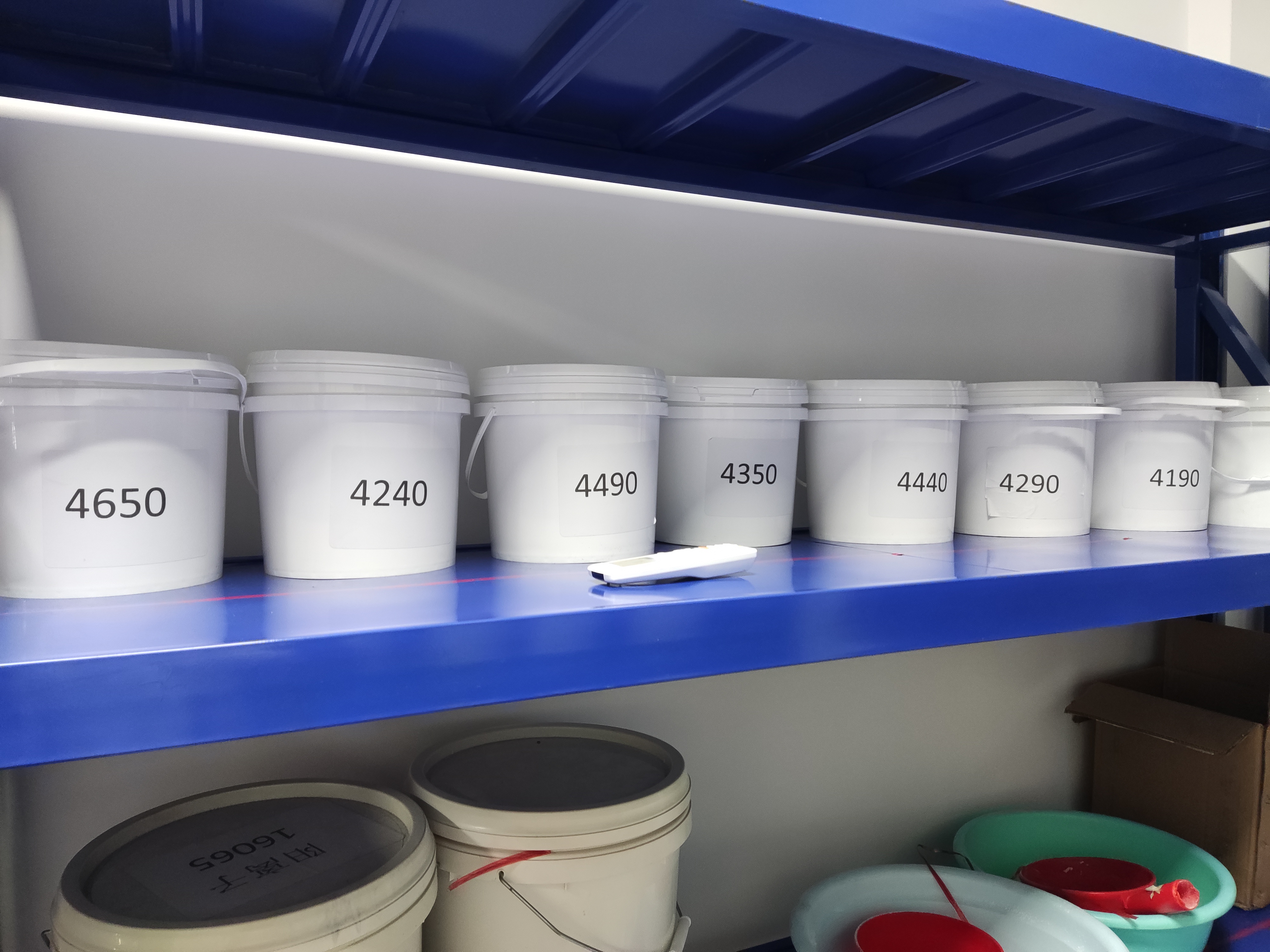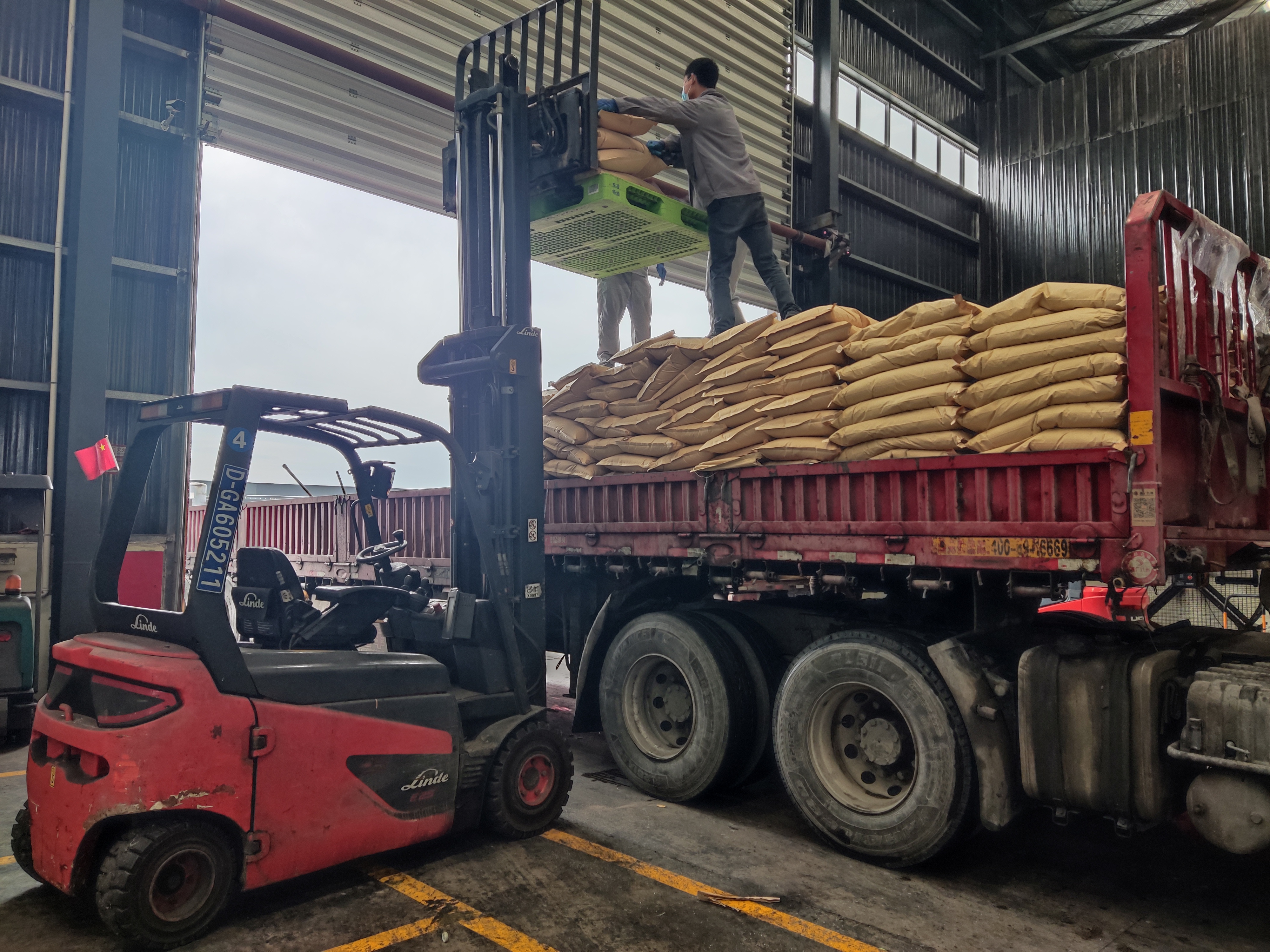Unveiling Flocculent Settling: A Key to Efficient Water Treatment

Flocculent settling is a crucial process in the realm of water treatment, playing a vital role in the purification and clarification of water systems. This method, which involves the aggregation of particles, ensures that impurities are effectively removed from water, leading to cleaner and safer water for consumption and usage.
What is Flocculent Settling?
Flocculent settling refers to the process where fine particles clump together to form larger aggregates, known as flocs. These flocs are heavier and settle faster than individual particles, making it easier to separate them from the water. The process is typically facilitated by the addition of chemicals called flocculants, which enhance the aggregation of particles.
Significance in Water Treatment
The significance of flocculent settling in water treatment cannot be overstated. It is essential for the removal of suspended solids, organic matter, and other pollutants from water. This process is particularly important in municipal and industrial water treatment facilities, where large volumes of water require efficient purification techniques.
Advantages of Flocculent Settling
Flocculent settling offers several advantages over other sedimentation methods. It enhances the speed and efficiency of the settling process, reducing the time and energy required for water treatment. Additionally, it improves the clarity of treated water, making it more suitable for various applications, including drinking, irrigation, and industrial processes.
Conclusion
In conclusion, flocculent settling is a pivotal process in modern water treatment systems. By understanding and optimizing this method, treatment facilities can achieve higher levels of purification, ensuring the delivery of clean and safe water. As the demand for clean water continues to rise, the role of flocculent settling will undoubtedly become more prominent in the quest for sustainable water management.
“`
